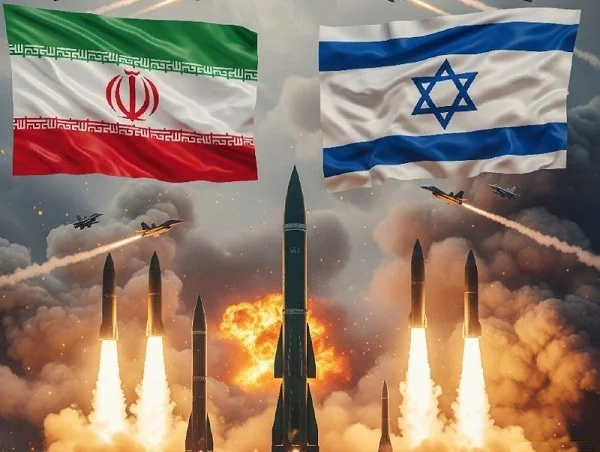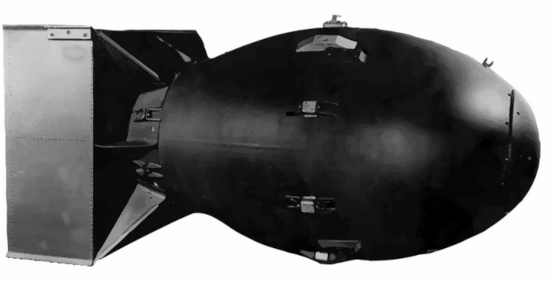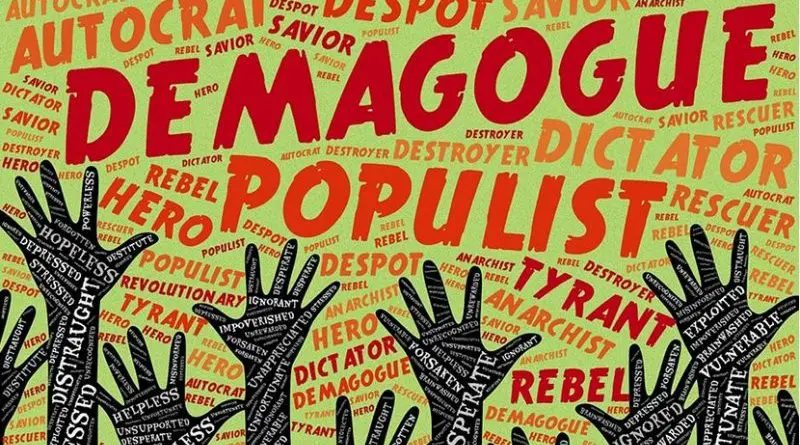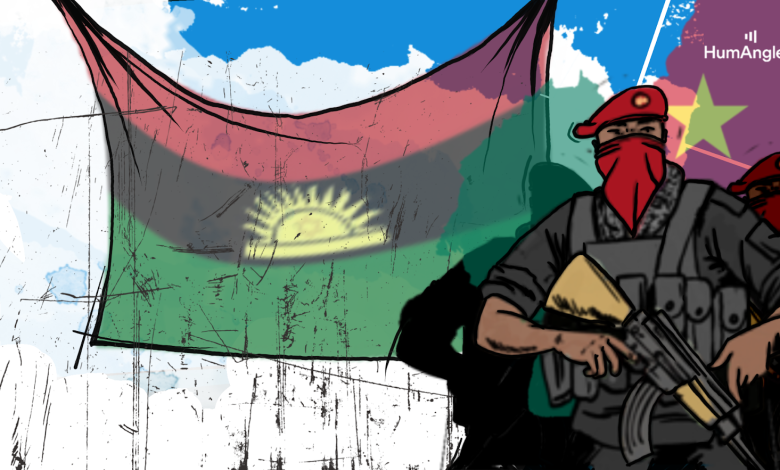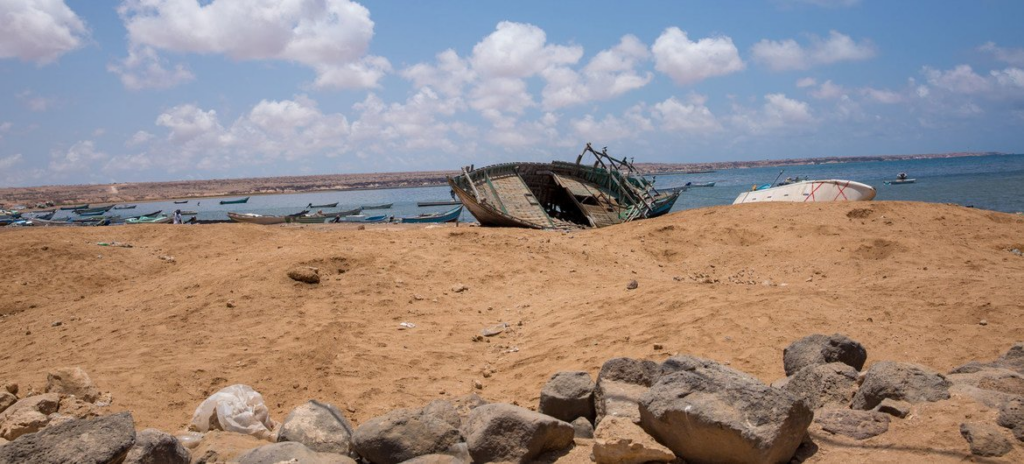The 9 Iranian Nuclear Scientists Israel Has Eliminated
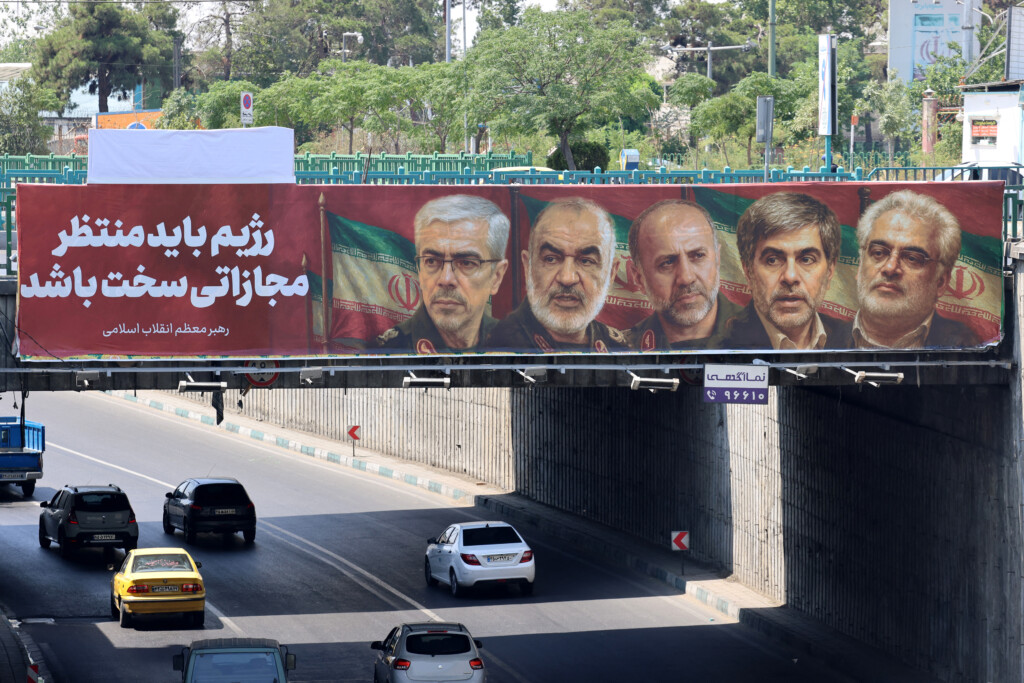
To stop Iran’s drive to build nuclear weapons, Israel eliminated nine top scientists and experts whose knowledge was critical to Tehran’s initiative. Israel explained that it struck on the night of June 12-13 because Iran’s nuclear weapons activities had “accelerated significantly” in recent months.
Tehran has long denied that it ever had a nuclear weapons program, but the evidence clearly shows otherwise. The effort was initially known as the Amad Plan, but amid fear of discovery in 2003, the clerical regime downsized and dispersed the program’s activities to preserve them while allowing the work to progress on a more limited scale. Many became part of the Organization for Defense Innovation and Research, known by its Persian acronym, SPND.



